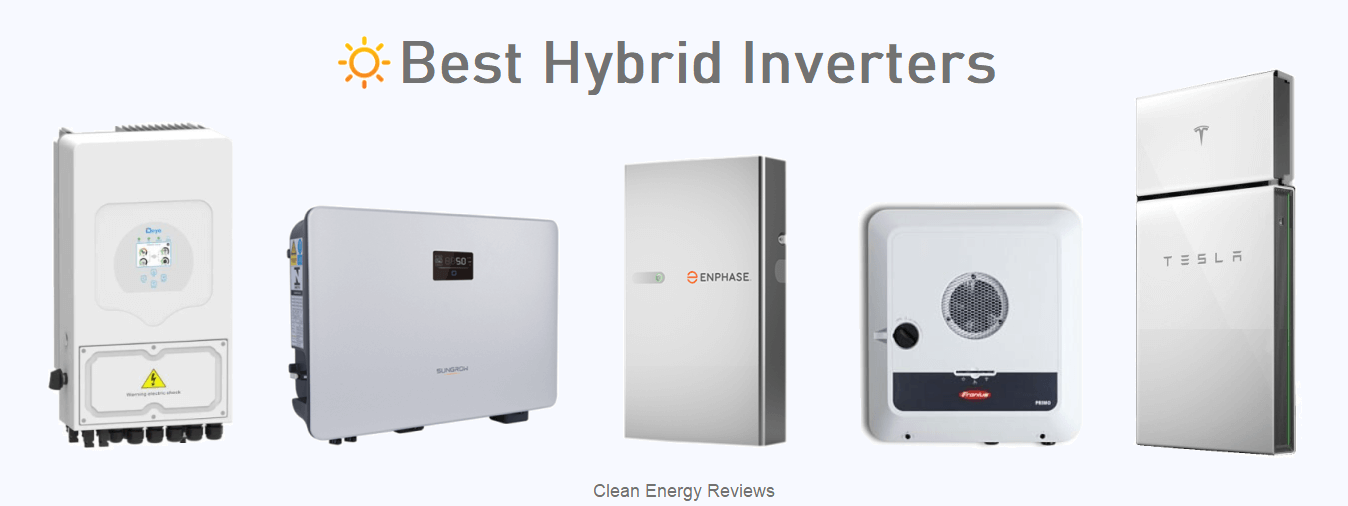Off-grid 48V Battery Comparison Chart
Our off-grid battery comparison chart details the latest modular, rack-mount lithium batteries for off-grid solar systems. These 48V DC-coupled batteries are compatible with a wide range of 48V off-grid and hybrid inverters, which can be used for off-grid or grid-tie solar battery storage. Lithium Iron Phosphate, or LFP, has become the most popular type of battery chemistry. Lithium titanate is a lesser-known cell chemistry with a long lifespan and other advantages. Learn more about it in our solar battery review. Off-grid 48V batteries generally fit into one of two main categories described below depending on how the Battery Management System (BMS) is designed to operate:
Off-grid Lithium Batteries Types Explained:
Managed batteries feature a BMS with closed-loop communication to the inverter (CANBus or RS485) and can only be used with compatible inverters. The battery BMS essentially controls the inverters and regulates the charging process rate based on SOC, temperature, and cell voltage, which are measured directly by the BMS. Managed batteries precisely calculate the SOC and battery SOH (state of health) and pass this data to the inverter.
Self-managed batteries feature a BMS that monitors battery charging, temperature, and cell balancing but does not require a communication connection to the inverter to operate (open-loop). These batteries can replace lead-acid battery banks and can be installed with most off-grid inverters. Battery charging is managed via the inverter (and MPPTs), while accurate battery SOC (state of charge) is calculated via a DC shunt.
Learn more about off-grid solar systems and compatible battery types in our detailed off-grid solar systems review.
48V Off-grid Modular & Rack-Mount Battery Systems
Latest update: October 2024
Battery End of Life Explained
EOL = End of life: Battery EOF is typically defined as the point at which the capacity has reduced by 20 to 40% of the original stated capacity (kWh), depending on the manufacturer's operating specifications and warranty conditions. Some manufacturers will void the warranty if the battery is deeply discharged too often, charged too quickly, or operated outside a specific temperature range. Battery capacity loss is typically 1 to 4% per year, depending on the number of charge cycles, operating temperature, and how much the battery is discharged daily. As explained below, deeper discharging of a battery results in greater degradation. Lithium Titante batteries are known to have the longest lifespan. Learn more about the degradation rates of various lithium chemistries in our detailed battery review.
Battery Lifespan: The lifespan of most Lithium batteries can be increased by managing the depth of discharge (DOD). Regular deep discharges below 20% SOC can accelerate wear on lithium iron phosphate (LFP) batteries by straining the cells, causing thermal and mechanical stress. Higher DOD, while utilising more energy per cycle, generally increases the rate of cell degradation, particularly in LFP and NMC lithium batteries. This can also result in BMS or inverter shutdown if the battery voltage is too low. Battery charging must also be managed appropriately to ensure the charge rate does not exceed the manufacturer’s specifications. Learn more about increasing battery lifespan in our Battery Life Explained article.




Detailed guide to the many specifications to consider when designing an off-grid solar system or complete hybrid energy storage system. Plus, a guide to the best grid-interactive and off-grid inverters and hybrid solar inverters for residential and commercial energy storage.